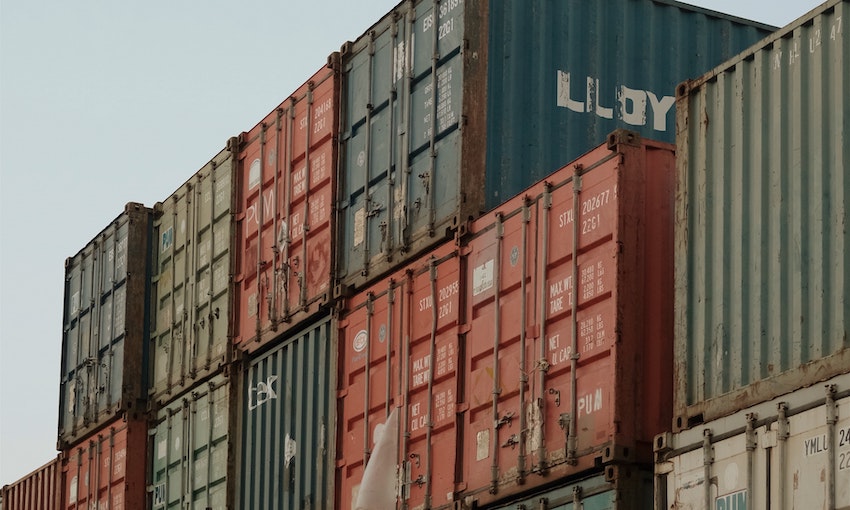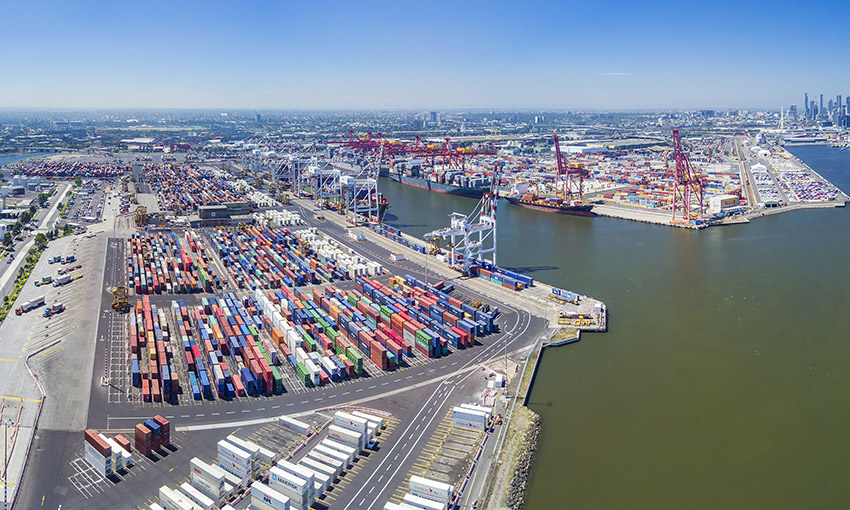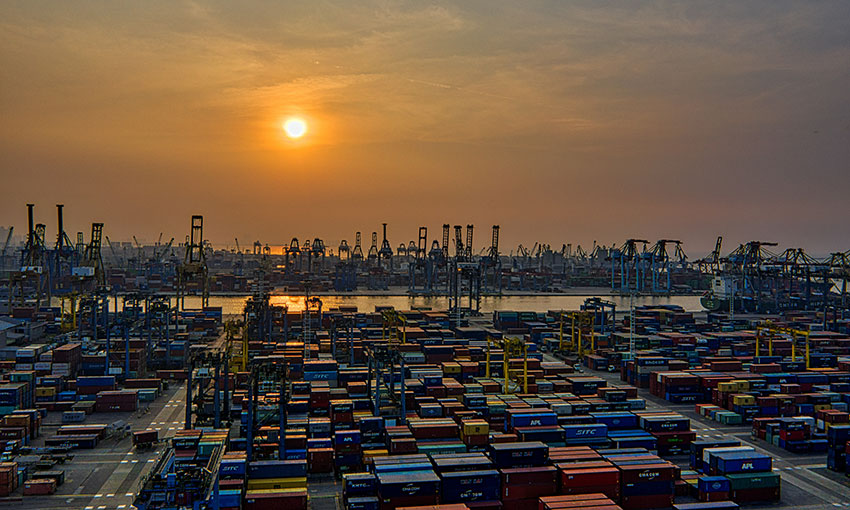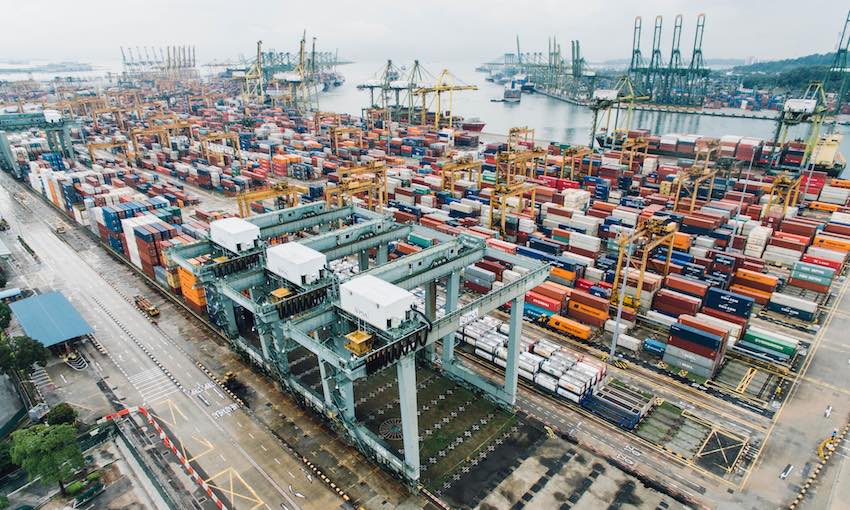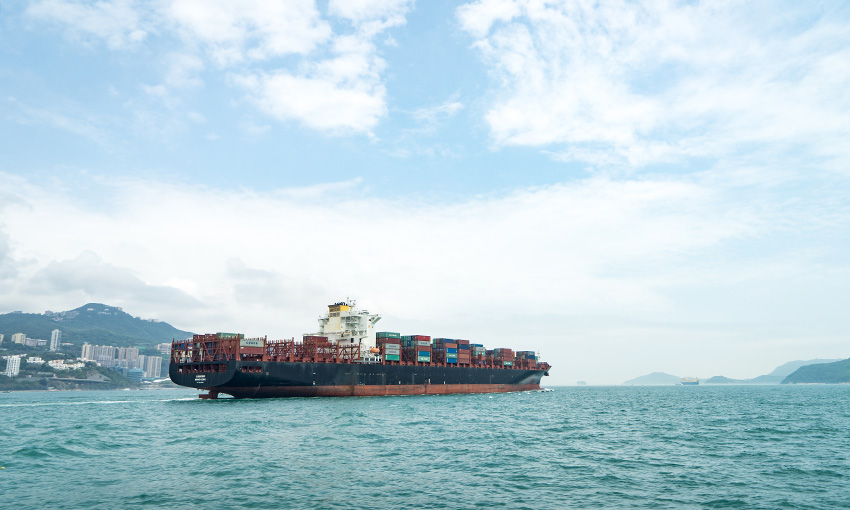AVERAGE demurrage and detention charges have seen a year-on-year decline of 25%, according to the annual Demurrage and Detention Charges Benchmark Report 2023, published by Container xChange.
The report says rates decreased 14% decrease compared with the rates in 2020.
However, there are still 11 ports where demurrage and detention fees remain higher as compared with 2020: Antwerp, Jebel Ali, Ningbo, Port Kelang, Rotterdam, Shenzen, Singapore, Tianjin, Xiamen, Hong Kong, and Guangzhou.
In a webinar held this month, a panel of speakers from Drewry, S&P Global, and Container xChange discussed the impact of these charges on shippers worldwide.
Drewry director DSCA advisory Chantal McRoberts said there are multiple factors contributing to the inability of these ports to return to normalcy.
“The significant increase in energy prices, coupled with higher labour costs, and escalating land expenses and port fees, have all played a part,” she said.
“Furthermore, the implementation of new regulations, particularly those focused on green energy in EU ports, has added to the financial burden. Additionally, the introduction of rules requiring individualized shipment customs clearance, no longer consolidated under one bill of lading, has proven to be time-consuming, as seen in the case of Rotterdam.”
Container xChange co-founder and CEO Christian Roeloffs said timely communication is crucial in avoiding unnecessary charges.
“Demurrage and detention should ideally be a free market. The number of free days and the charges should be negotiable between parties and carriers, just like any other free market scenario. However, perhaps what needs regulation is the clarity on when the clock starts,” Mr Roeloffs said.
“Establishing clear time stamps and determining who bears the burden of proof in cases of congestion, where a container cannot be picked up, would be crucial. Payment should only commence once the terminal is able to release the container. These aspects warrant attention and potential regulation.”
S&P global market intelligence senior editor technology Eric Johnson said: “In a very recent conversation with a Non-Vessel Operating Common Carrier (NVOCC) about their thoughts on a major trans-Pacific shipment, we came to know that they don’t expect the demand to recover until after the Lunar New Year next year. This matches what we’re hearing in general.
“So, if we assume that’s the case, the focus shifts to operational issues at important ports that we need to consider avoiding delays or additional charges once the container is out of the terminal. It becomes more about specific factors in the field that could cause delays in returning containers on time, rather than relying on a big overall economic improvement to drive demand. With each passing day, it seems less likely that there will be a quick demand recovery.”
Out of all the ports worldwide, those in North America stand out as the most expensive when it comes to demurrage and detention charges. Leading this list of costly ports are New York, Oakland, and Los Angeles, taking the top three spots.
Even though these ports take the top seven spots in our ranking table, the overall average charge has at least decreased by 25% in 2023 and stands at a value of US$2008 per container per day (coming down from US$2692 in 2022). The late fees at the twin ports of Los Angeles and Long Beach surpassed by another western port, Oakland.

